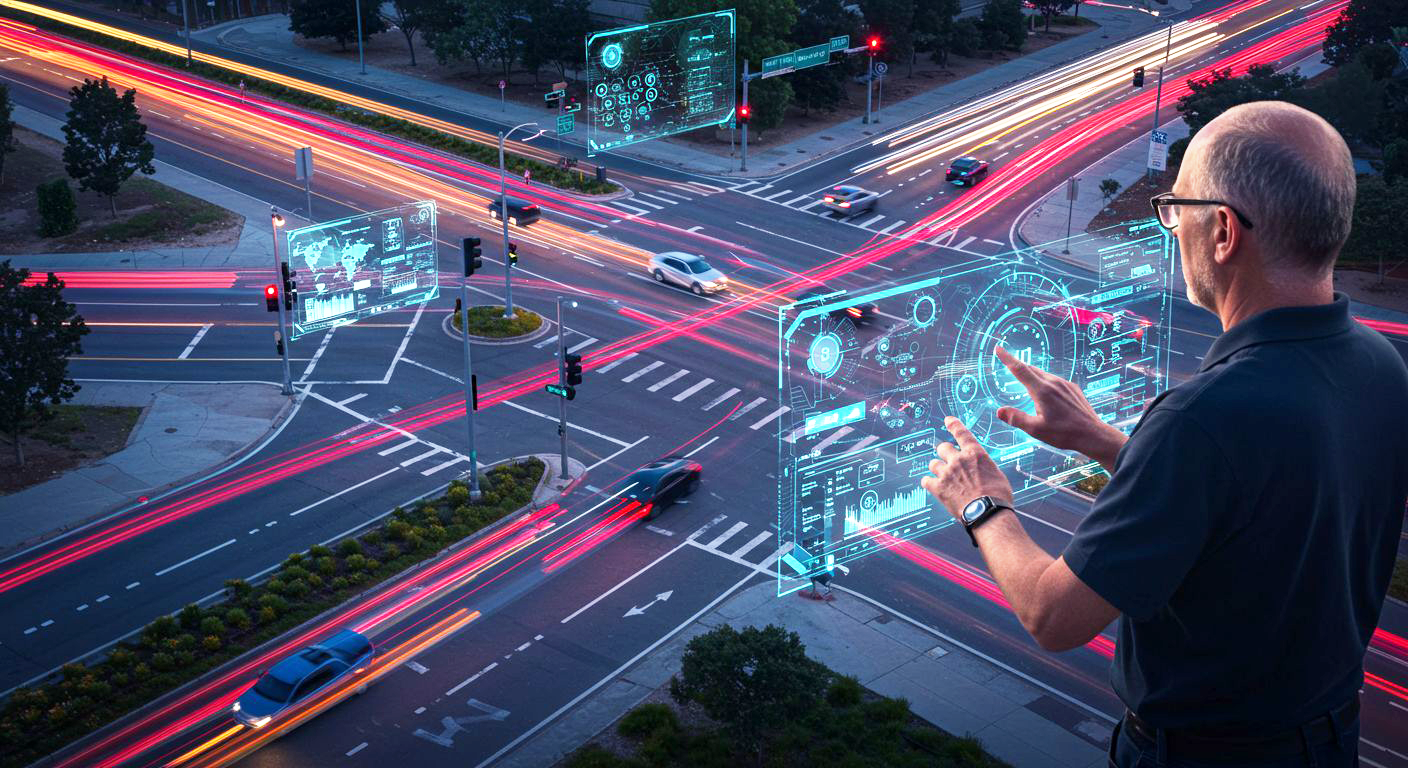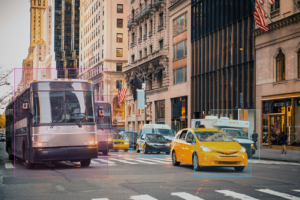The Future of Traffic Management: The Power of Software-Defined Infrastructure
In an era where cities are grappling with growing congestion, rising road accidents, and the challenge of managing increasingly complex environments where diverse road users must coexist and share the same infrastructure, traditional traffic management systems are no longer sufficient. This crisis is further exacerbated by operational complexities, including the excessive integration of legacy systems and severe staffing shortages in city agencies, rapidly escalating into a massive mobility crisis.
The solution can be found in a revolutionary approach for the transportation industry that shifts traffic operations from rigid, hardware-bound systems to a dynamic, scalable, and intelligent framework: Software-Defined Infrastructure (SDI). By virtualizing traffic control and enabling real-time adaptability, SDI empowers cities to maximize the capacity of their infrastructure, enhance safety, and seamlessly integrate new technologies without costly overhauls. Just as critically, SDI dramatically improves operational efficiency, simplifies system management, and enables automated optimizations that ensure intersections function at peak performance.
This shift isn’t just an upgrade—it’s a fundamental transformation in how we manage and move through our streets, allowing cities to operate more effectively while seamlessly responding to future demands.
What is Software-Defined Infrastructure (SDI)?
For traffic engineers, Software-Defined Infrastructure (SDI) represents a revolutionary shift in managing transportation. Unlike traditional systems that rely on costly and time-consuming hardware upgrades, SDI transforms traffic control into a flexible, software-driven architecture that delivers continuous improvements without additional physical infrastructure. Once agencies install the initial NoTraffic AI-enhanced detection system, they can apply future functionality through over-the-air updates.
By leveraging IoT connectivity, real-time data processing, and cloud-based intelligence, SDI allows agencies to unlock new traffic management capabilities over the air. This means optimized signal timing, enhanced safety analytics and responsiveness, and seamless future-proof agility – all through remote deployment, ensuring maximum infrastructure utilization without disrupting daily operations. Hardware and software work in concert to provide a truly connected ecosystem where innovation is ongoing, efficiency is maximized, and cities can modernize their transportation networks at scale without prohibitive costs.
For traffic engineers, this means less time dealing with outdated hardware limitations and more time for implementing traffic policies throughout the city to maximize performance, improving safety, and delivering smarter mobility solutions.
Why Every Traffic Agency Needs SDI
SDI is designed to enable agencies to maximize the capacity of their existing traffic infrastructure and unlock new functionalities on demand. With SDI, cities can:
- Eliminate Costly Infrastructure Upgrades: Instead of investing in new physical assets, agencies can maximize their current infrastructure with continuously evolving software capabilities.
- Activate a Variety of Applications from a Single HW Platform: SDI’s modular approach allows for the seamless introduction of additional mobility applications, ensuring that agencies are always equipped with the latest traffic management tools.
- Manage Traffic Intuitively: By digitizing the intersection, agencies can access every intersection remotely and access key information, such as turning movement counts, signal performance measures, safety analytics, and alerts, to maximize the intersection’s performance.
- Deploy AI-Powered Optimization: AI-driven detection ensures real-time, adaptive traffic flow management, reducing congestion, lowering emissions, and improving mobility and safety.
- Enable Future-Proof Adaptability: SDI’s modular approach allows for seamless, constant Over The Air updates.
- Enable Game-Changing Support: With a connected infrastructure, the NOC team can proactively complement the city’s staff during regular and reactive operations. It also ensures 24/7 Monitoring and Alerts. The constant connectivity between physical devices and cloud-based software enables real-time system monitoring and instant alerts, allowing agencies to respond to issues promptly.
- Leverage a Fully Integrated Mobility Solution: By bridging hardware and software in a unified platform, SDI ensures interoperability and streamlined operations across the entire transportation ecosystem.
NoTraffic: Leading the SDI Revolution
While SDI is a foundational technology that every traffic agency should leverage, NoTraffic stands at the forefront of this innovation. Our fully integrated, connected mobility solution built around SDI sets the industry standard. We provide agencies with the agility to respond to evolving traffic demands, optimize intersection performance, and pave the way for smart city advancements.
By harnessing SDI, cities can transition from reactive traffic management to a proactive, data-driven approach that analyzes traffic patterns and suggests actionable improvements, empowering them to enhance safety, efficiency, and sustainability at scale. With NoTraffic’s cutting-edge SDI technology, the future of traffic management isn’t just about keeping up, it’s about leading the way.
Are you ready to redefine mobility in your city?





